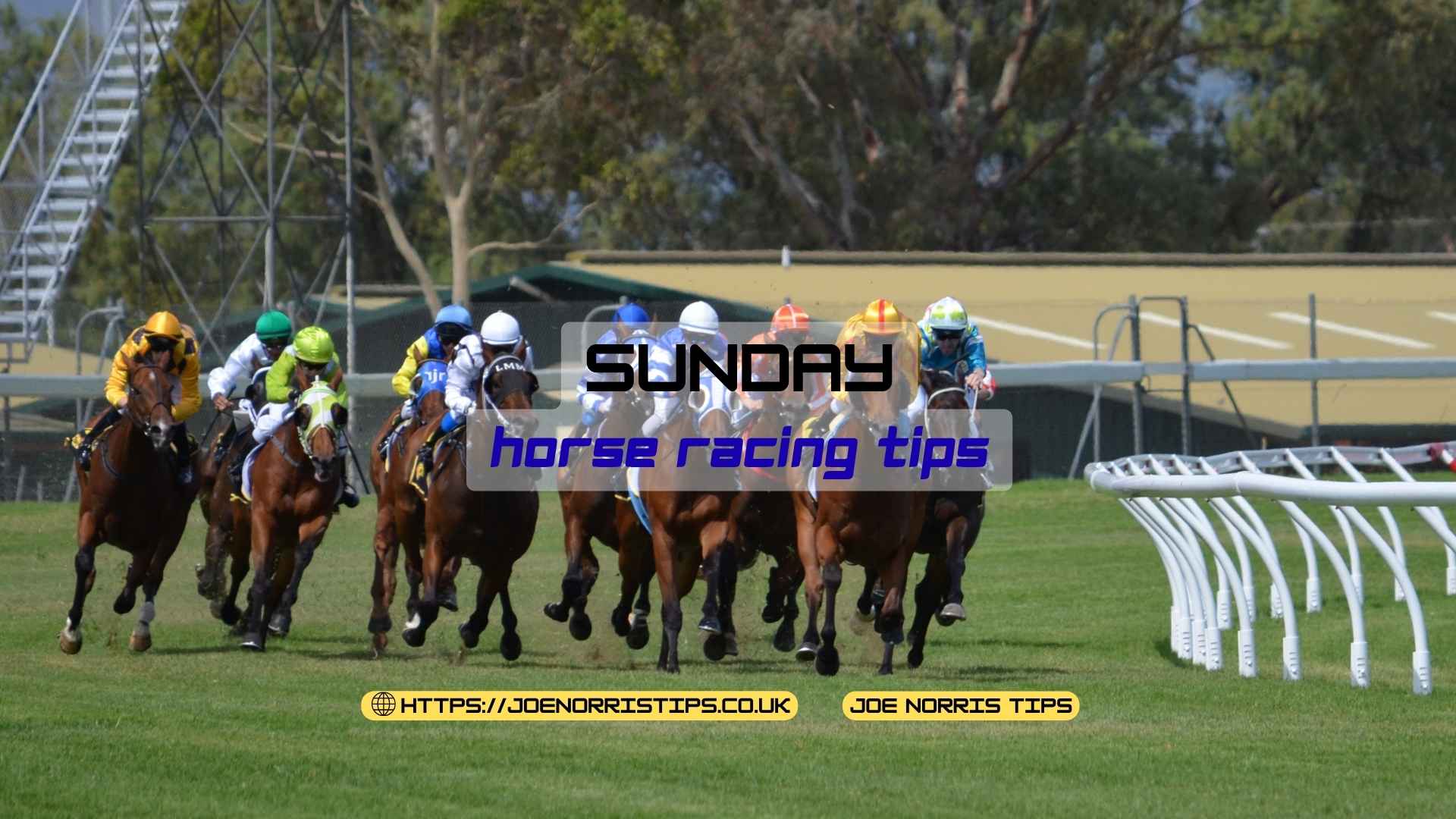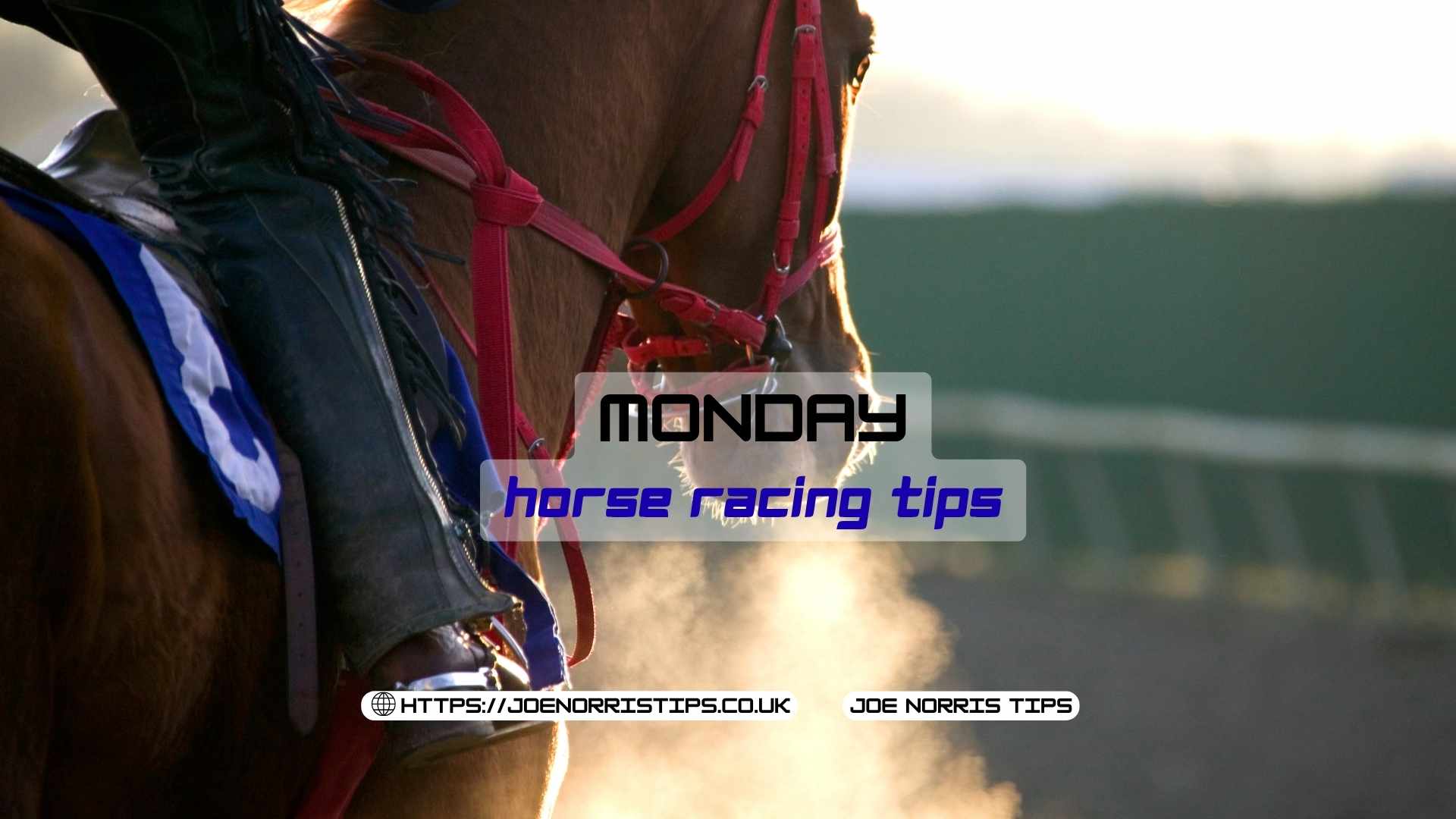Speed ratings are one of the most reliable and insightful tools available to any serious horse racing bettor.
I use speed ratings every day to measure a horse’s performance under real race conditions – factoring in pace, ground, distance, and class to give each run a numerical value.
Unlike form lines alone, speed ratings allow you to make direct comparisons between horses who may have raced under very different conditions.
They help highlight horses that are improving, expose overrated favourites, and reveal strong contenders that might otherwise go unnoticed by the broader market.
In this guide, I’ll walk you through how I use speed ratings to shape my betting strategy, where to find accurate data and the key mistakes you should avoid when analysing the numbers.
Whether you’re a seasoned bettor or just starting, understanding speed ratings will give you a sharper edge in the market and help you bet with greater confidence.
Contents
- What Are Speed Ratings?
- How I Use Speed Ratings in My Betting Strategy
- Types of Speed Ratings and Their Importance
- Finding Horse Racing Speed Rating Data
- How I Use Speed Ratings to Identify Top-Rated Horses
- Key Mistakes to Avoid When Using Speed Ratings
- FAQs
- What is Horse Racing Speed Rating Data?
- Why is Horse Racing Speed Rating Data Important for Sports Bettors?
- How is Horse Racing Speed Rating Data Calculated?
- Can Horse Racing Speed Rating Data Predict the Outcome of a Race?
- Where to Find Trusted Horse Racing Speed Rating Data?
- How to Use Horse Racing Speed Rating Data to Enhance Your Betting Strategy?
- Summary of Joe Norris’ Speed Rating Tips for Horse Racing Betting
What Are Speed Ratings?
Speed ratings are numerical scores used to measure how fast a horse has run in a particular race, taking into account various race-day factors like ground conditions, track layout, and distance.
They provide a standardised way to compare performances across different races, even when conditions vary significantly.
I use speed ratings to assess a horse’s raw performance potential – particularly in races where form alone doesn’t tell the full story.
Why Are They Important in Horse Racing?
Speed ratings are one of the most effective tools for cutting through surface-level form.
They allow you to judge how quickly a horse completed a race compared to the track average, offering a deeper insight into its capability under similar conditions.
This is especially useful in handicaps, where horses with similar ratings often carry comparable weights, and small performance differences can decide the outcome.
A strong speed rating can expose underpriced favourites and uncover value in lesser-backed runners.
How I Use Speed Ratings in My Betting Strategy
Speed ratings are not the only metric I use, but they are a vital layer in my overall betting process. I use them to validate form claims, confirm pace angles, and filter my shortlists.
The first step is to look for recent high-speed ratings over the same trip and ground type.
A horse that posted a strong figure on soft ground on a stiff track is a candidate to perform again under similar conditions.
If a horse has posted ratings consistently above its rivals in comparable races, it becomes a key contender.
Factors I Consider When Analyzing Speed Ratings
When reviewing speed ratings, I always consider the context.
I looked at the race class, ground conditions, track configuration, and whether the horse-faced trouble in running.
A high-speed rating on firm ground at a sharp track may not be as useful if today’s race is on soft ground with a stiff uphill finish.
I also compare how consistent a horse is across multiple ratings.
One standout figure might be an outlier – but repeated high ratings indicate reliability.
Integrating Speed Ratings into My Betting Strategy
Speed ratings form one layer of my betting approach.
I combine them with pace analysis, recent form, draw bias, and trainer trends to build a complete profile.
If a horse has high-speed ratings and aligns with other key data points, it becomes a clear contender.
If a horse shows lower figures but has excuses – like being blocked in running or poorly drawn – I’ll factor that into my evaluation.
It’s about using ratings to confirm or challenge your initial read on a race.
Types of Speed Ratings and Their Importance
Not all speed ratings are created equal. The most common types used by UK punters include official ratings (OR), Racing Post Ratings (RPR), Timeform Ratings, and Topspeed.
Official ratings are assigned by the BHA and are used to determine the weights in handicap races. They’re useful for assessing a horse’s standing within its class, but they can lag behind form changes or rapid improvement.
RPR and Timeform ratings are performance-based and tailored to individual races. These figures adjust for race pace, ground, and class – giving a more accurate reflection of actual ability. I use RPRs for form-based selection and Timeform for pace and class matching.
Topspeed ratings focus purely on the time a horse ran relative to standard time, making them ideal for highlighting raw pace and galloping ability – especially useful in sprints.
Understanding how each rating is calculated helps me decide which is most relevant to the race type. For staying chases, I lean more on official ratings and forms. For fast-run sprints on flat tracks, I focus on Topspeed.
Official Ratings vs. Handicapping Ratings
Official ratings are assigned by the BHA and used to allocate weights in handicap races.
They reflect a horse’s ability over time but can lag behind recent improvements or dips in form.
Handicapping speed ratings, such as those provided by Timeform or Racing Post Ratings (RPR), are more dynamic and specific to individual performances.
They often offer a sharper view of a horse’s most recent efforts and are more useful for identifying current form trends.
Interpreting and Comparing Speed Ratings
Speed ratings need context to be useful.
I compare figures across similar race conditions and track types.
A 90 RPR on heavy ground at Haydock is not the same as a 90 RPR on good-to-firm at Kempton.
When comparing, I account for course bias and surface to ensure the numbers hold value.
I also watch how the rating changes over a horse’s last three to five runs – it often reveals whether a horse is progressing, regressing, or holding steady.
Finding Horse Racing Speed Rating Data
Finding reliable speed rating data is crucial if you want to make informed betting decisions.
I rely on trusted sources that offer consistent, well-calculated speed figures that reflect real race conditions.
My Recommended Sources for Accurate and Reliable Data
I regularly use Racing Post Ratings, Timeform, and Topspeed figures – all trusted and widely used within the racing industry.
Betting platforms like Bet365 and At The Races also offer basic speed data, but I prefer deeper breakdowns available through subscription services.
For exchange-focused punters, Betfair’s in-running stats can support speed analysis, particularly in sprints.
Tips for Analyzing and Organising the Data
I download race cards and historical speed ratings into Excel spreadsheets.
From there, I sort runners by highest recent figures, check for consistency, and flag horses returning to favourable conditions.
Conditional formatting helps highlight trends at a glance.
Organising the data this way makes it easier to visualise performance patterns and build shortlists quickly and efficiently.
How I Use Speed Ratings to Identify Top-Rated Horses
I use speed ratings to validate form claims, confirm pace angles, and filter my shortlists. Speed ratings are not the only metric I use, but they are a vital layer in my overall betting process.
My Proven Process for Finding Horses with High-Speed Ratings Using Excel
I start by collecting ratings for each declared runner and filtering for recency and race type.
If a horse ran a high-speed rating in a similar class and surface type within the last 30–60 days, it’s flagged.
I then layer in contextual data: ground, draw, pace, and market trends.
Excel allows me to colour-code these variables and calculate averages, giving a clearer picture of which runners are consistently performing above the field.
How I Use Speed Ratings to Predict Potential Winners and Place Bets
Once I’ve narrowed down top-rated horses with favourable conditions, I check price movement and trainer form to assess value.
If the odds are holding or shortening and the horse fits my race model, I back it to win or place depending on the competition.
Speed ratings help me avoid low-value favourites and isolate big-priced runners capable of outperforming expectations.
Key Mistakes to Avoid When Using Speed Ratings
A common mistake is taking speed ratings at face value without understanding the race conditions that produced them.
A top rating on firm ground doesn’t always translate to soft conditions. If you fail to adjust for ground, draw, and pace setup, the number becomes misleading.
Misinterpreting or Overlooking Important Data from January 2013 to February 2015
Many punters misuse older data or misinterpret it without accounting for changes in class, trip, or training.
For example, a speed figure from a juvenile race in 2013 may be irrelevant if the horse has since matured or regressed significantly.
Ignoring seasonal factors – like winter ground conditions – also skews conclusions.
Always focus on current, comparable races when analysing speed.
Strategies to Avoid Costly Betting Errors
Never rely on speed ratings in isolation.
Use them to confirm or challenge your opinion – not to form it.
Beware of standout ratings earned in ideal setups that won’t be replicated in today’s race.
Avoid confirmation bias by checking the full race context: if a horse has one high-speed rating but poor form elsewhere, the risk may outweigh the value.
Always combine ratings with race reading, trainer insights, and market movement to place calculated, not emotional, bets.
FAQs
What is Horse Racing Speed Rating Data?
Horse racing speed rating data is a numerical value that represents how fast a horse ran in a race, and I use it to compare horses across different races and conditions – it simplifies raw performance into one digestible figure, which helps me pinpoint pace advantages.
Why is Horse Racing Speed Rating Data Important for Sports Bettors?
Speed rating data matters because it gives punters like me a measurable way to evaluate past performance – this metric lets me cut through the noise and focus on horses that can reproduce or exceed a certain speed under similar conditions.
How is Horse Racing Speed Rating Data Calculated?
Speed ratings are calculated by taking the finishing time of a horse and adjusting it for distance, track conditions, and race class – I follow providers that factor in these variables so the number reflects genuine ability, not just favourable race setups.
Can Horse Racing Speed Rating Data Predict the Outcome of a Race?
Speed ratings don’t guarantee winners, but they help predict performance levels—if a horse consistently posts high ratings in competitive fields, I treat it as a strong contender because past speed often signals potential under the right setup.
Where to Find Trusted Horse Racing Speed Rating Data?
I get my speed ratings from trusted form providers like Racing Post and Timeform – these platforms break down the raw data with expert analysis, which helps me validate my picks at Joe Norris Tips with numbers I can trust.
How to Use Horse Racing Speed Rating Data to Enhance Your Betting Strategy?
I use speed ratings by comparing them across runners in the same race, filtering out those who’ve run faster under tougher conditions – this lets me identify hidden value where the odds don’t match the underlying pace potential.
Summary of Joe Norris’ Speed Rating Tips for Horse Racing Betting
Speed ratings are one of the most powerful tools in my horse racing betting strategy, but only when used correctly and in the right context.
I rely on trusted sources like Racing Post Ratings, Timeform, and Topspeed to identify horses with genuine performance advantages – not just hype.
I use speed ratings to validate the form, spot consistency, and filter out overpriced favourites or overlooked contenders.
By organising data in Excel and cross-referencing recent figures with race-day conditions, I can identify horses that are most likely to deliver under today’s setup.
However, I never use ratings in isolation. I combine them with pace analysis, draw bias, market movement, and trainer patterns to form a complete betting view.
The most common mistake is overvaluing one standout rating without considering race context or consistency. That’s why I always adjust for ground, class, and course when interpreting figures.
Used properly, speed ratings help me isolate value, make informed decisions, and stay ahead of the market – especially in competitive handicaps.
If you want to back horses with a proven edge, integrating speed ratings into your betting approach is essential.




